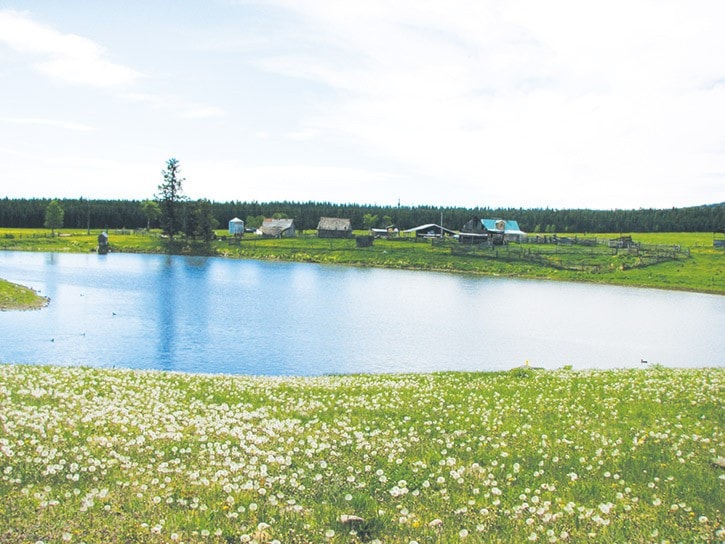Area rancher and former minister of agriculture David Zirnhelt encourages agriculture operators to fill out and send in their Census of Agriculture questionnaire due this month.
“I think it’s really important because when we want to understand trends in farming and needs of farmers quite often it will show up in the census,” Zirnhelt said Thursday.
“Anyone studying the industry or sectors needs good information.”
Zirnhelt did say he wished the forms were sent out in the winter months before calving, rather than the spring when people in the industry are busy with branding, fencing and everything else.
Personally, Zirnhelt has never had any issue filling out the census and said he isn’t paranoid about providing the information.
“It is pretty innocuous information in my view,” he said.
“I don’t think there are privacy implications for people filling it in. It puts out nothing more than a neighbour can see looking across your fence.”
Questions on the census run the gamut.
They cover livestock, machinery, crops, how much of the land is workable, and if someone is renting or leasing from or to other people or government.
“There’s a whole area of questions on forage, such as what types of hay. They spread it between higher quality feed to more regular feed,” Zirnhelt said.
“Then they go into other crops — potatoes, mustard, canary seed, tobacco, ginseng, buckwheat, whatever.”
If people have nurseries, greenhouses, or grow Christmas trees, then operators answer further questions.
Market values also come into the questions.
And while people may be reluctant to divulge that information, Zirnhelt said assessed values are always available on the BC Assessment website
The census also asks about investment and a person’s degree of capitalization, but that’s always something agriculture operators look at as well, he added.
“You want to know how much machinery you have compared to the income you have, with over-capitalization being an issue in the industry.”
Zirnhelt said census information has been used by himself and others to design the new Applied Sustainable Ranching Program at Thompson Rivers University in Williams Lake.
“When we talk about diversifying enterprises on a ranch at the TRU course it’s important to know where your competition or market is.”
This week the Ministry of Agriculture also encouraged B.C. agriculture operators to fill out the census saying it provides detailed regional data for B.C. agriculture and farm operations with insights into revenues and expenses, farming practices and the use of technology.
About 20,000 B.C. family farms use 2.6 million hectares, out of the 4.6 million hectares available in the agricultural land reserve, to produce more than 200 agriculture and agrifood commodities, the ministry said.
Statistics Canada conducts the Census of Agriculture every five years.
“It is a challenging sector to keep populated, people employed and businesses viable,” Zirnhelt said. “During my time as minister of agriculture I saw nothing but upside from the census information being available because we were under pressure to develop appropriate programs and a lot of groups don’t do their own research and expect government to have the information.”
